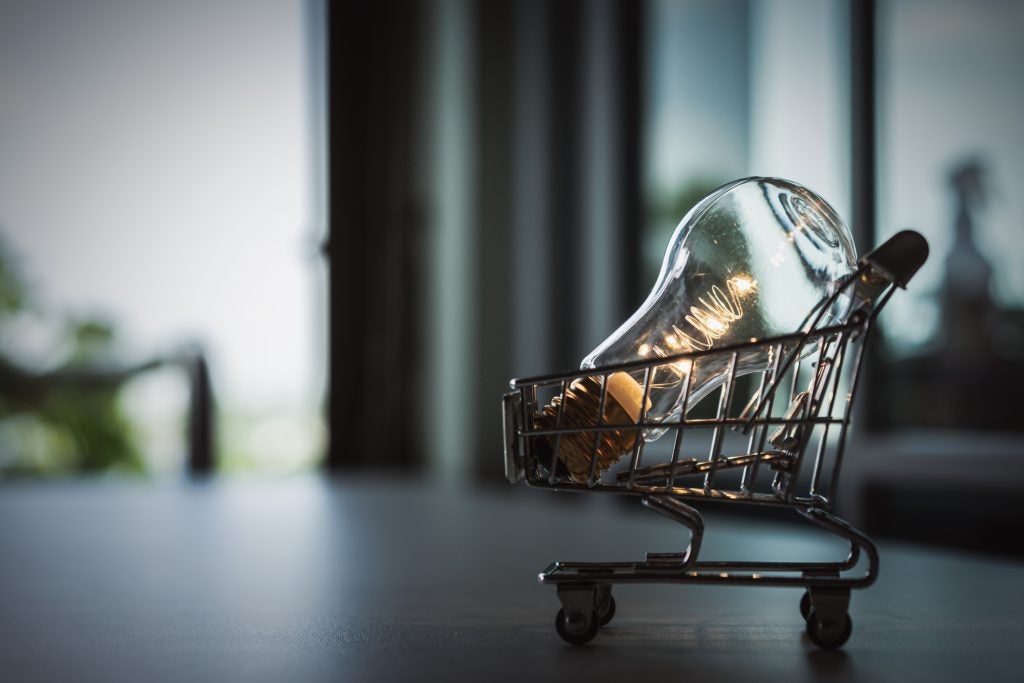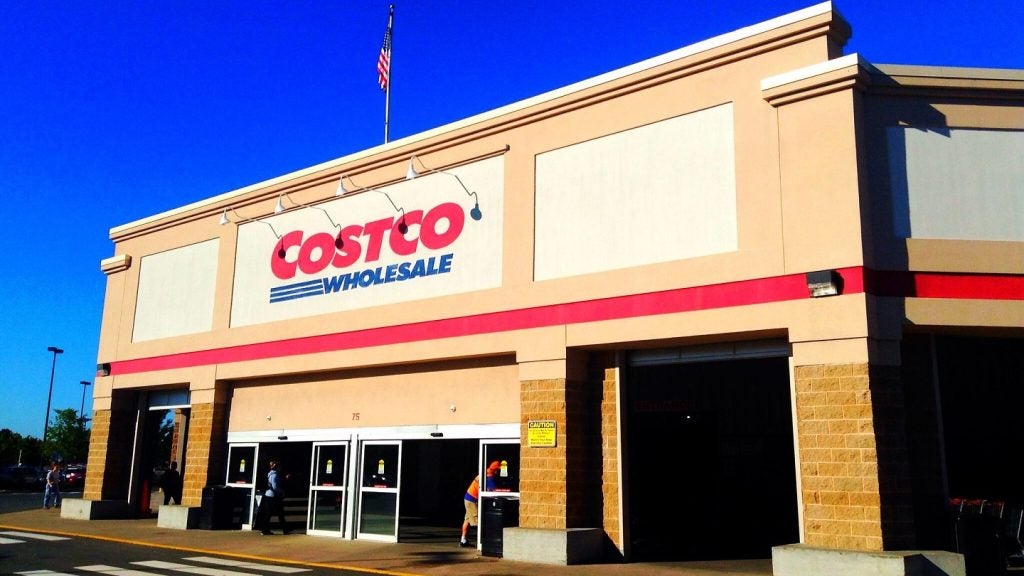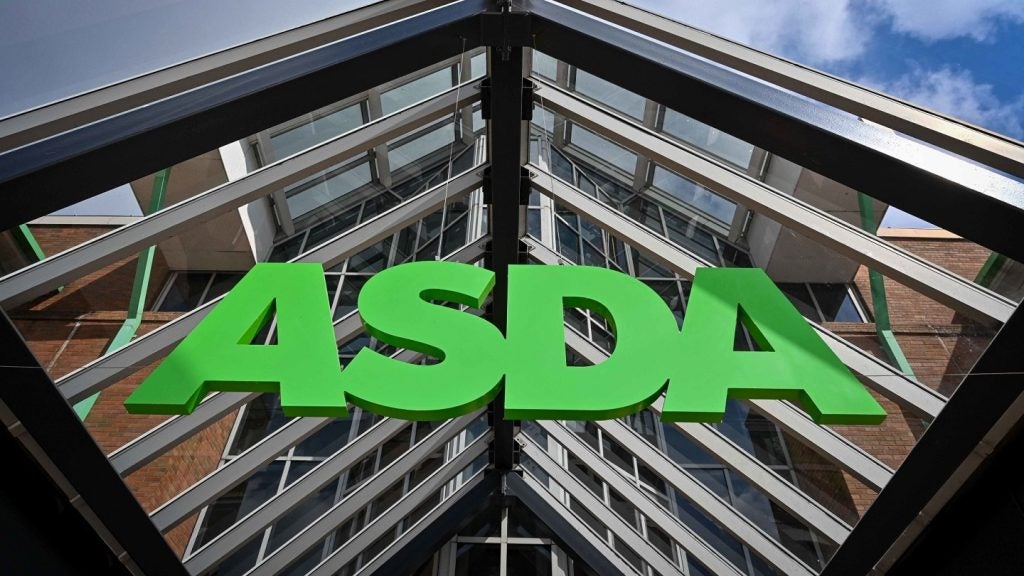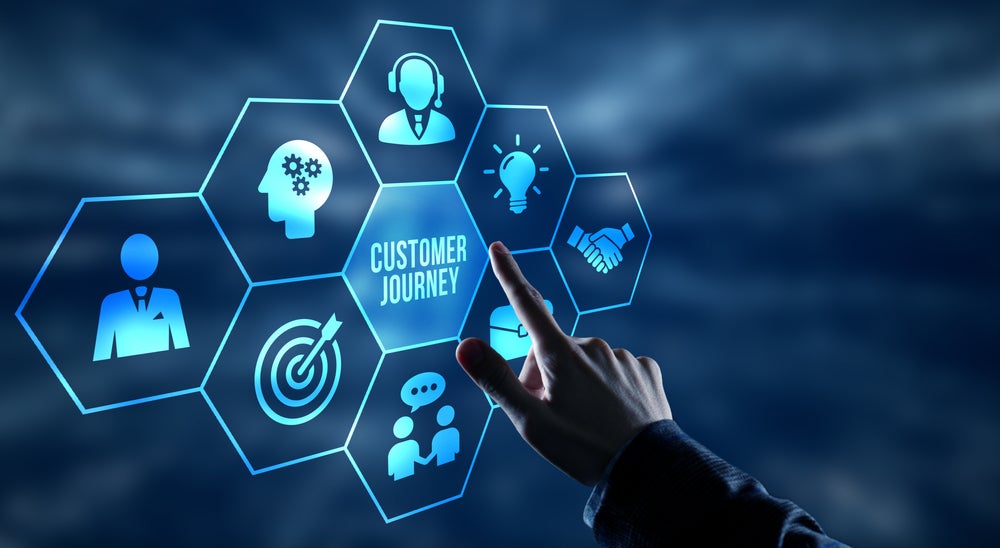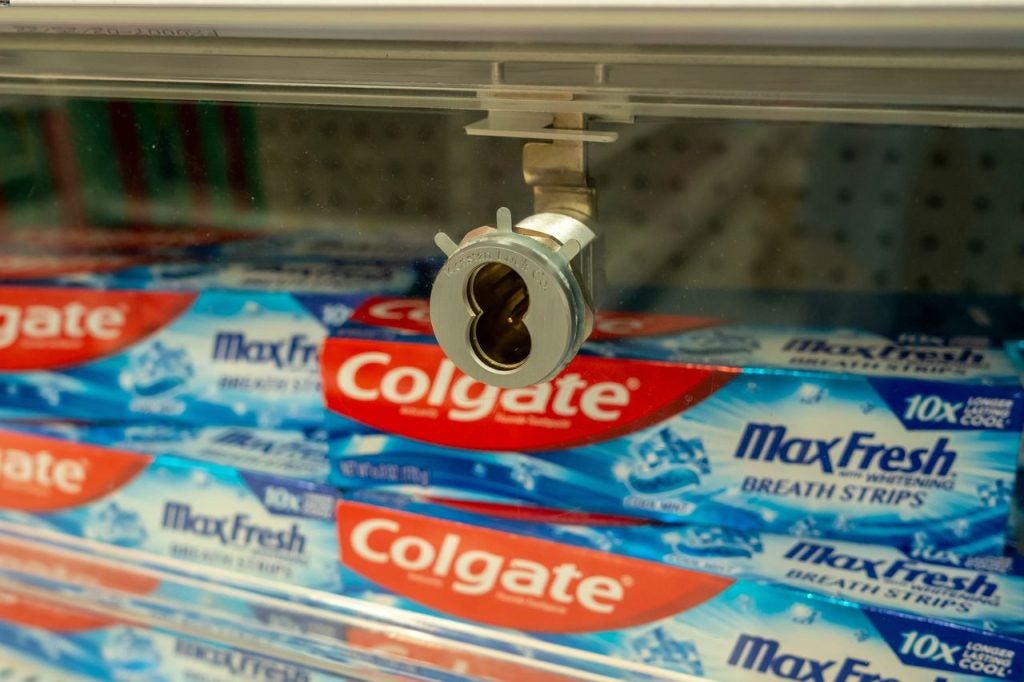As we head into winter months, retailers will once more be battling unpredictable weather patterns and increasingly expensive energy bills. As a result, food retailers face the balancing act of powering energy-hungry assets, such as fridges and freezers, to provide consumers with access to safe and high quality produce, while not overspending on costly energy bills in what is already a tight margined industry.
Food retail environments consume significant energy, and carbon emissions from refrigeration in the food industry account for 3.2% of the total of all UK emissions. Inefficiencies across supermarket estates, specifically within refrigeration assets, lead to high operational costs for retailers, reduced availability for consumers, and significant excess CO2 being consumed.
While a natural reaction to periods of economic uncertainty – like that we are facing currently – might be to employ conservative spending and encourage the continuation of the status quo, now is the perfect time to invest in energy and cost saving technology. This will ensure that, come the end of winter, retailers are seeing a reduction in energy bills and a return on investment.
Imperatively, adopting controls agnostic digital technologies will enable a drive in efficiencies without incurring the substantial costs associated with replacing existing infrastructure.
So, how can retailers deploy low cost, low risk wins in digital transformation to increase efficiency and lower energy costs?
Energy saving retail technology
The name of the game with retail technology is to optimise and ultimately lower the energy that equipment consumes in order to reduce overhead costs and carbon footprint. A key starting point in achieving this is to collect and monitor more machine performance and energy usage insights by utilising previously untapped data from mission-critical equipment, such as fridges, freezers, lighting and HVAC.
Through data-driven strategies, second by second data produced by these machines, regarding everything from efficiency, to temperature, can be monitored so that systems can be managed in real-time. By integrating Internet of Things (IoT) technology, this data can be mined, contextualised, and presented automatically, so that instant resolutions can be enacted to improve efficiency and minimise emissions.
For example, traditionally, supermarkets couldn’t track individual assets, so refrigeration units would chill all food to the minimum temperature required by the most susceptible food product (meat), rather than the correct temperature for the products within each unit. This resulted in an annual over-cooling of millions of degrees, wasting energy, and compromising the quality of other food produce, with watery yoghurt, a familiar by-product of over-chilling across the cold chain.
However, by monitoring data from fridges and freezers closely in the context of merchandising systems, the temperature of each unit can be automatically managed to suit its specific contents, leading to millions in savings across large estates while protecting and improving food safety and quality – a win win. For example, in 2022 Unilever launched a new initiative to increase the temperatures of its ice cream freezers from -18°C to -12°C, in a bid to reduce its carbon footprint.
In addition, managing performance and health of refrigeration and HVAC assets enables real-time identification and interference of machine faults and failures. This ensures assets are running at the correct temperatures, but also mitigates machine breakdown.
Using real-time performance and efficiency data from assets, IoT solutions can monitor regular and incremental changes and generate automatic real-time alerts when asset behaviours demonstrate warnings of performance failure or deviates from ideal conditions, such as prolonged high temperatures or inconsistent defrost cycles. Automatic fixes can then be enacted, or alerts can be triggered for an engineer call out to fix the issue. This real-time, proactive approach mitigates catastrophic breakdowns and further negative consequences such as stock loss or excessive energy use.
Barriers to digital technology have never been lower
Traditionally, a barrier to the uptake of digitalisation across retail has been the prohibitive costs of buying new equipment, the additional cost installation and the downtime associated to this – especially at times of economic uncertainty. This is because, to achieve this level of digitalisation, retailers were often required to replace existing machines with new upgraded systems.
However, thanks to advancements in IoT technology, control agnostic solutions are available to lower the barrier for IoT adoption in retail by removing the need to invest in costly new hardware and infrastructure and mitigating the need for asset downtime during the transformation process. An agnostic solution is one that communicates seamlessly across all types of devices. In layman terms, this means that the solution can collect data from, and optimise any device, without the need for machine upgrades to the latest smart-assets.
This ‘plug and play’ approach can provide almost immediate energy savings at minimal start-up costs, as rather than replacing equipment, a software layer can be introduced over existing machines and infrastructure, to gather and manage raw data, drive automation, and deliver huge efficiencies.
So, where traditional monitoring and controls systems are limited to connecting to the latest assets or machines made by the same manufacturer, controls agnostic software can connect to any addressable device, regardless of manufacturer or age, enabling any and all devices to be brought into a modern, digital system.
These solutions provide an opportunity for retailers to achieve total store digital transformation, where IoT energy saving technology are driven from all machines and processes. For example, using this technology throughout the pandemic provided accurate monitoring of CO2 levels in the store and enabled fresh air to be automatically pumped through the HVAC systems when needed to keep air filtration at the required levels.
Similar technology can also be deployed across the whole cold chain, where all assets from farm to fork can be virtualised, connected, and monitored to ensure energy efficiency and irrefutable traceability when transporting food across the supply chain.
Preparing for winter
As winter approaches and there is the potential for increased economic challenges in the retail sector, it is becoming increasingly imperative for retailers to embrace new, digital technologies to ensure energy savings are made and assets are optimised. Once in place, this technology can continue to provide savings year on year, which is imperative for maintaining competitiveness and resiliency.
Ultimately, by relying on low cost, low risk controls agnostic solutions, retailers can embrace digital transformations to lower energy costs, while avoiding the installation and high start-up costs associated with a comprehensive network of new infrastructure.
About the author: Jason Murphy previously worked as an operational risk manager at Tesco. He is now a managing director at retail IoT provider IMS Evolve.


